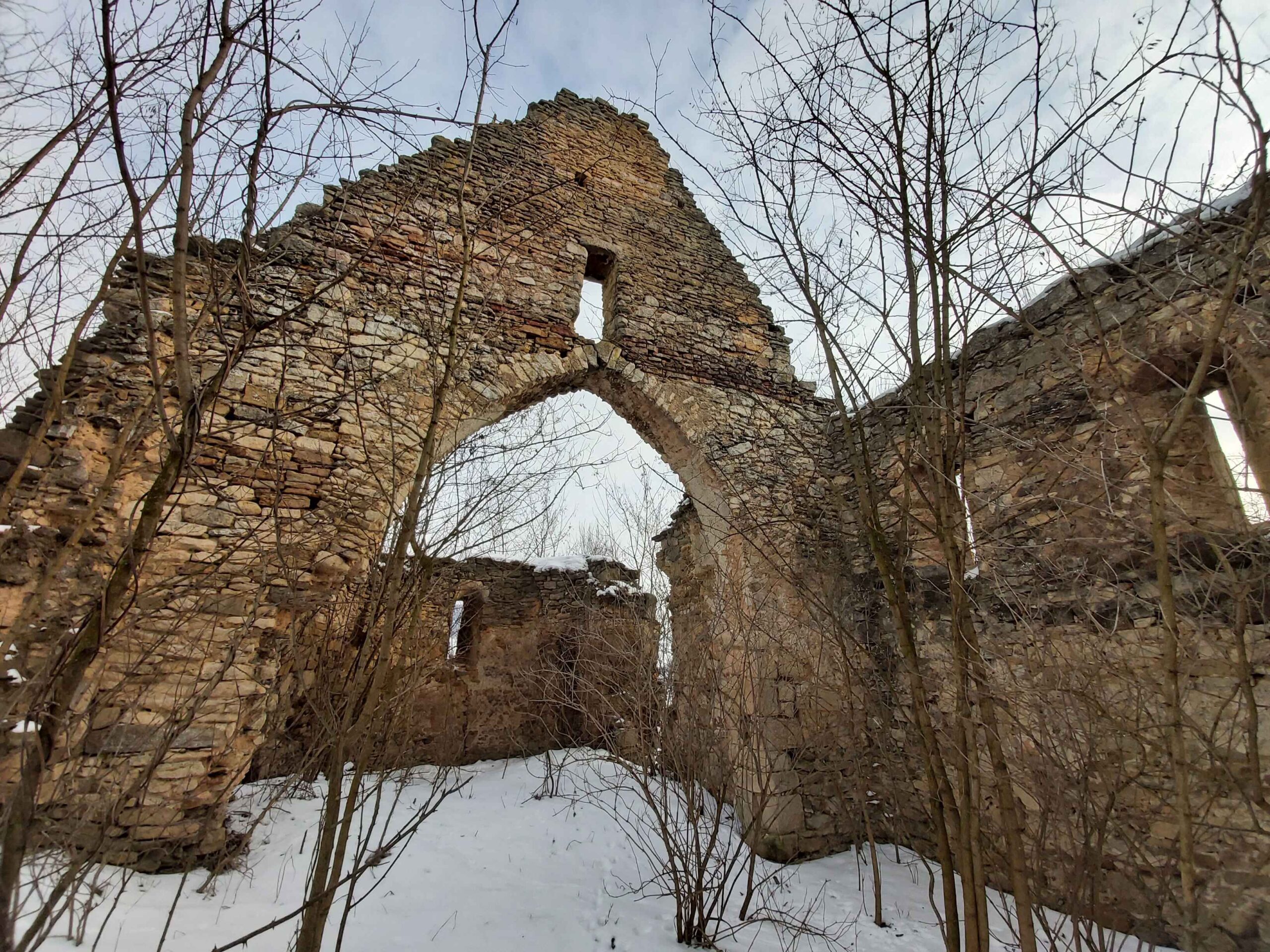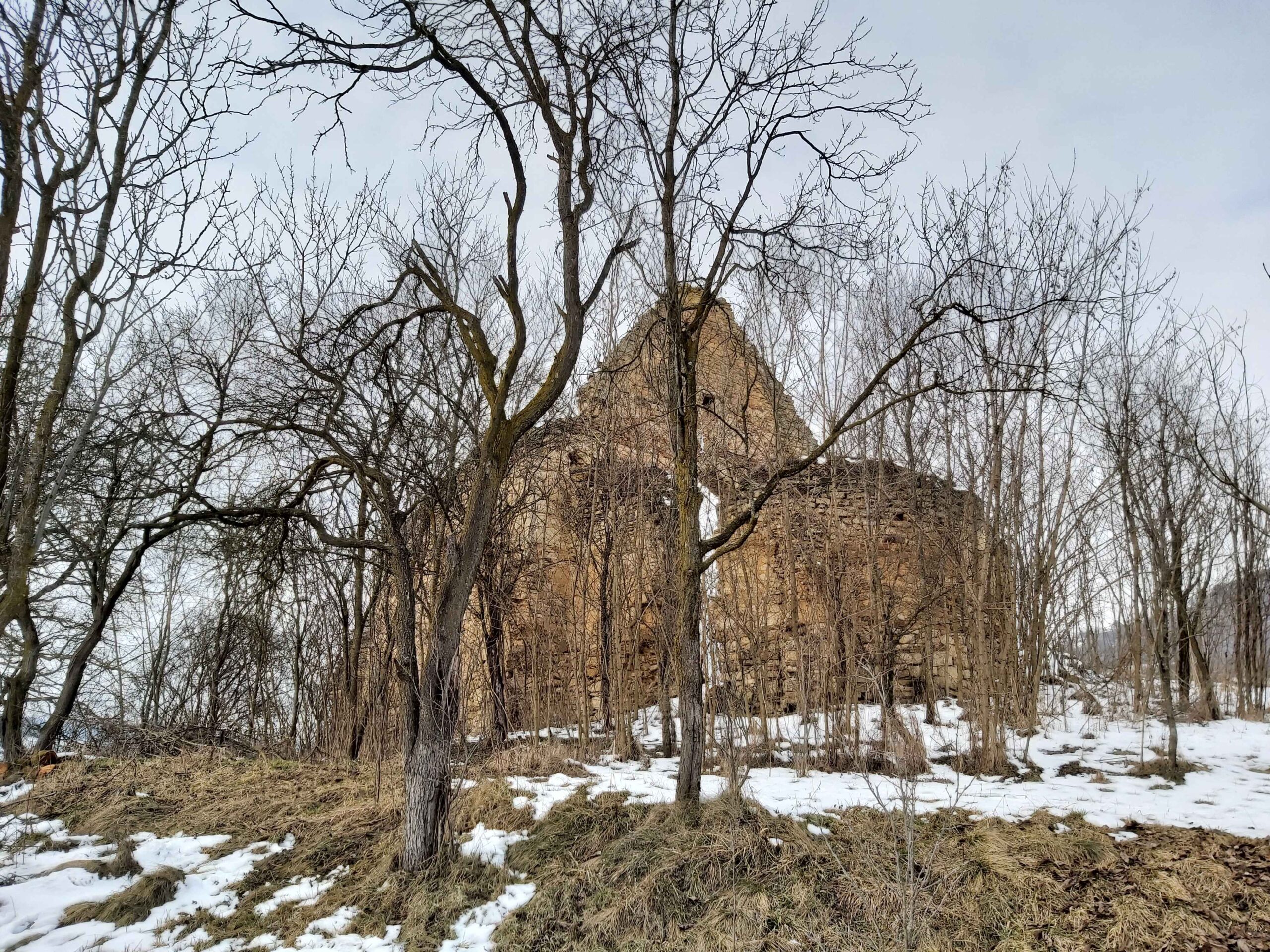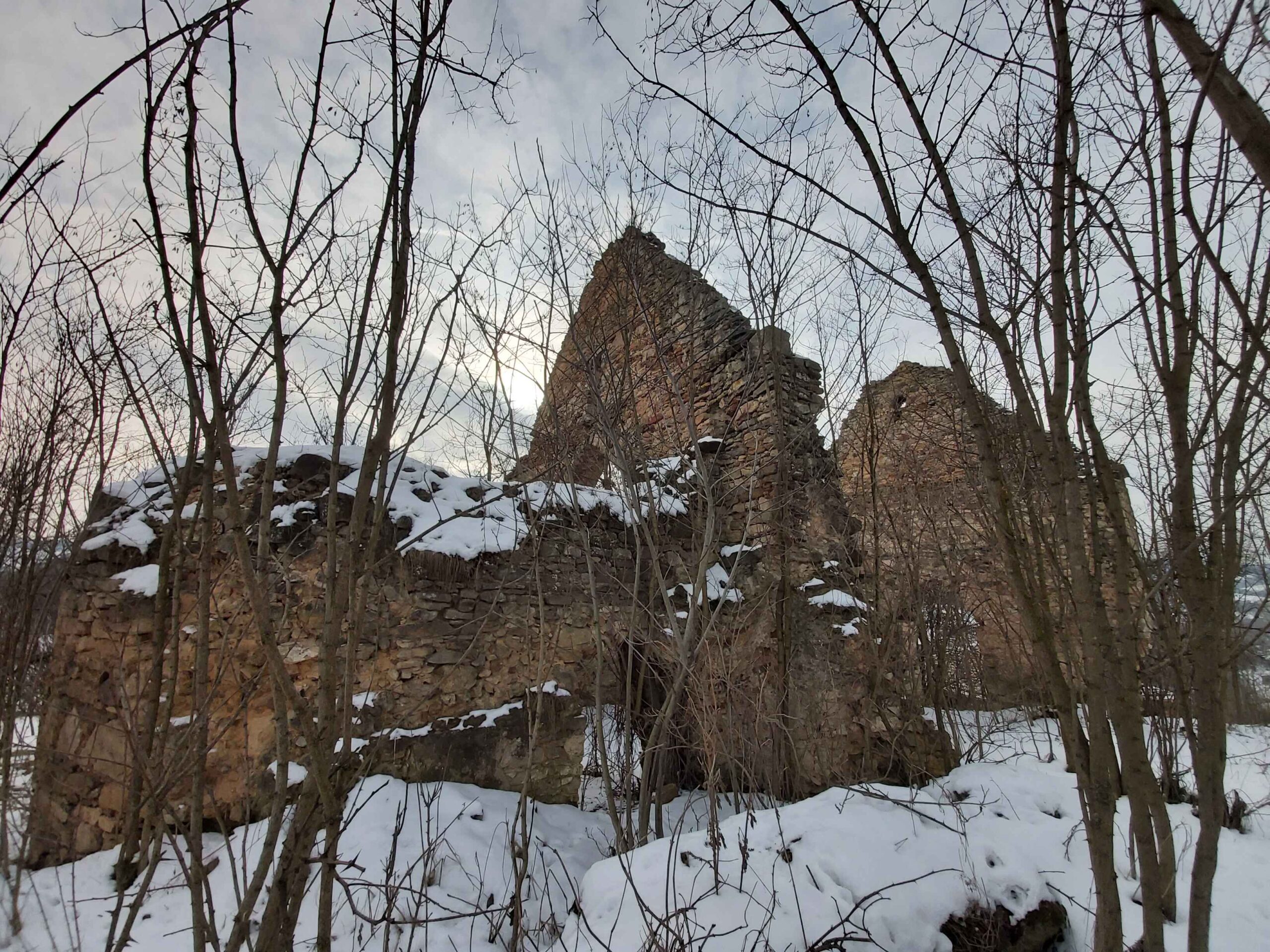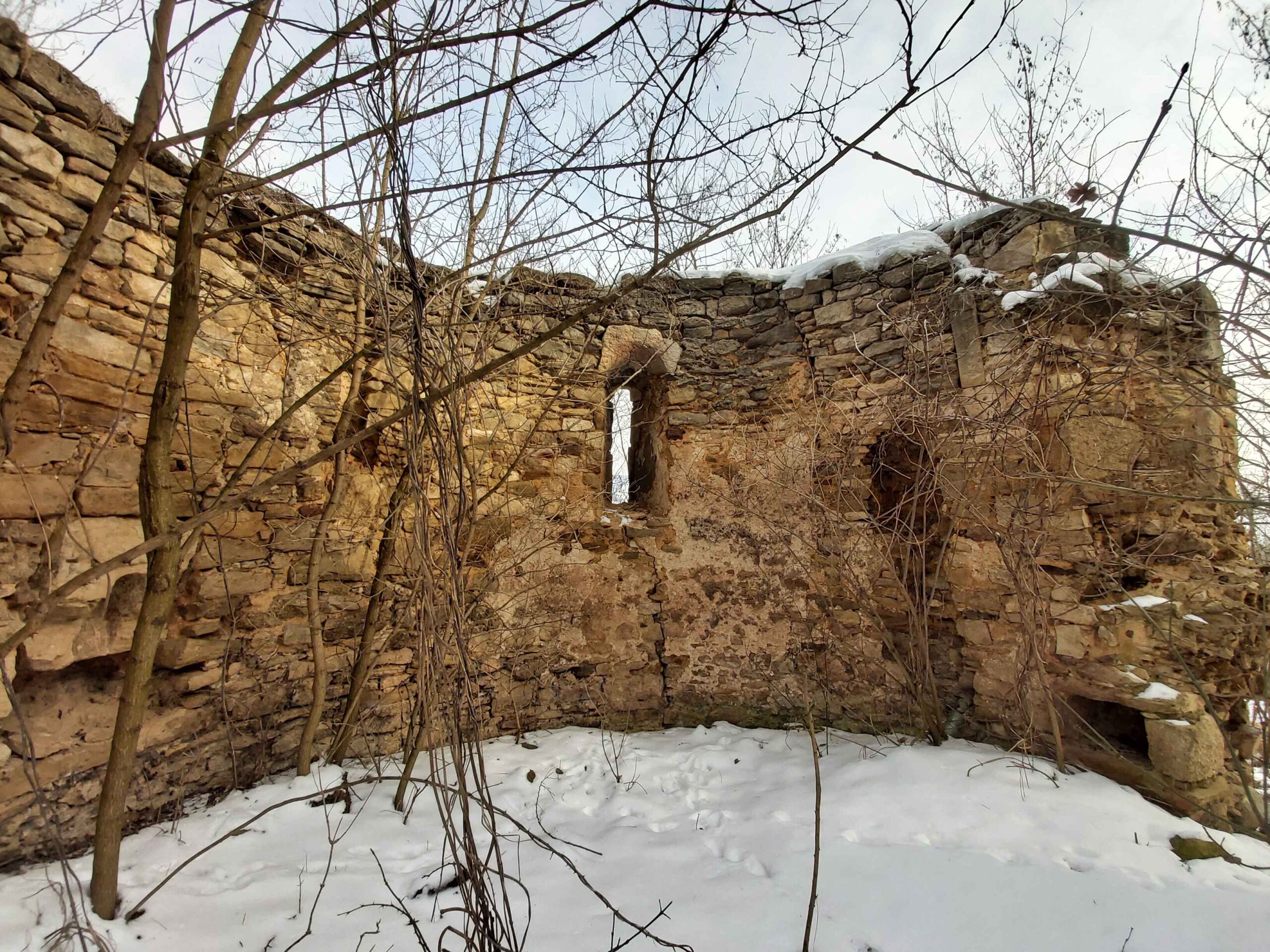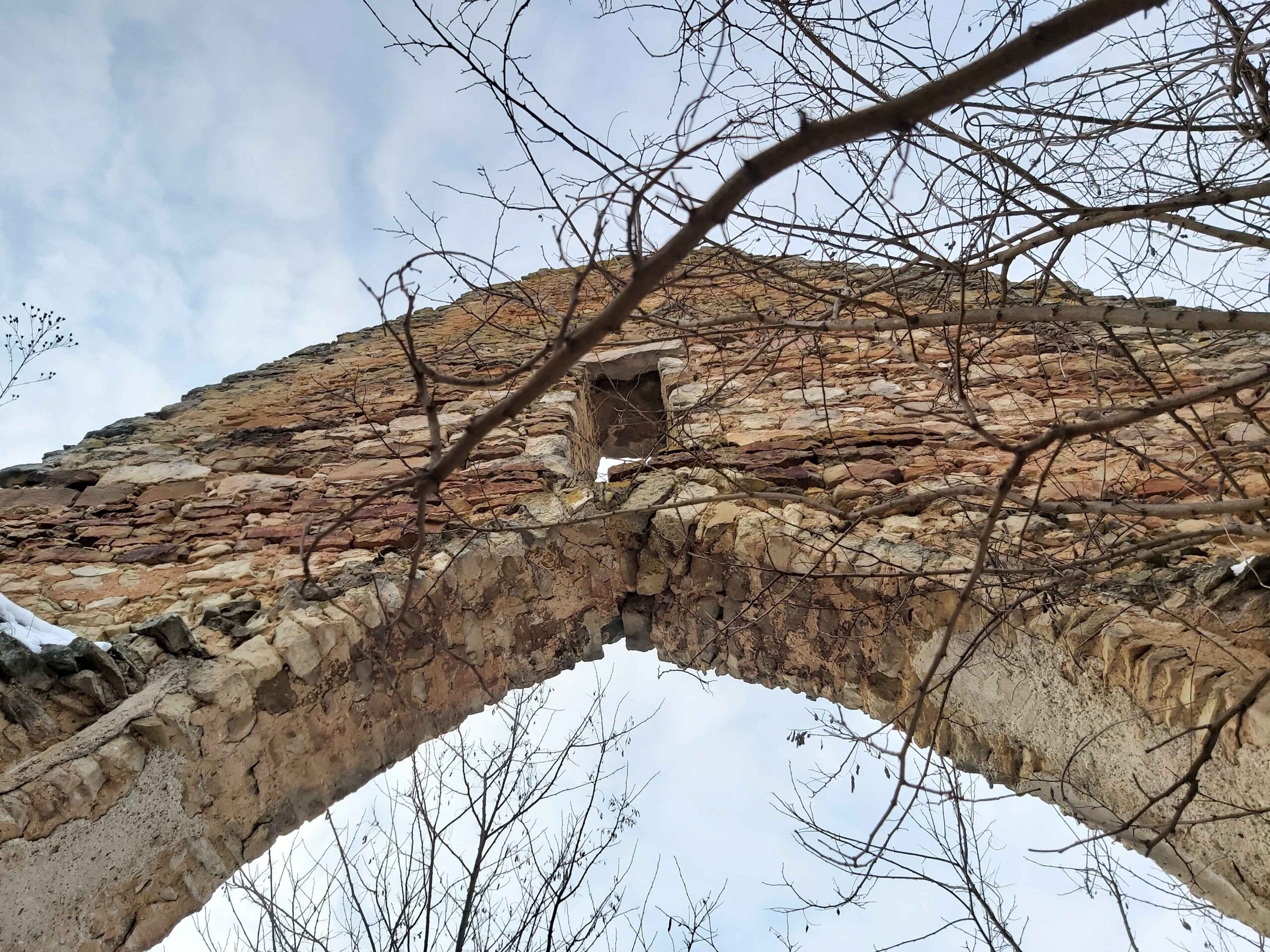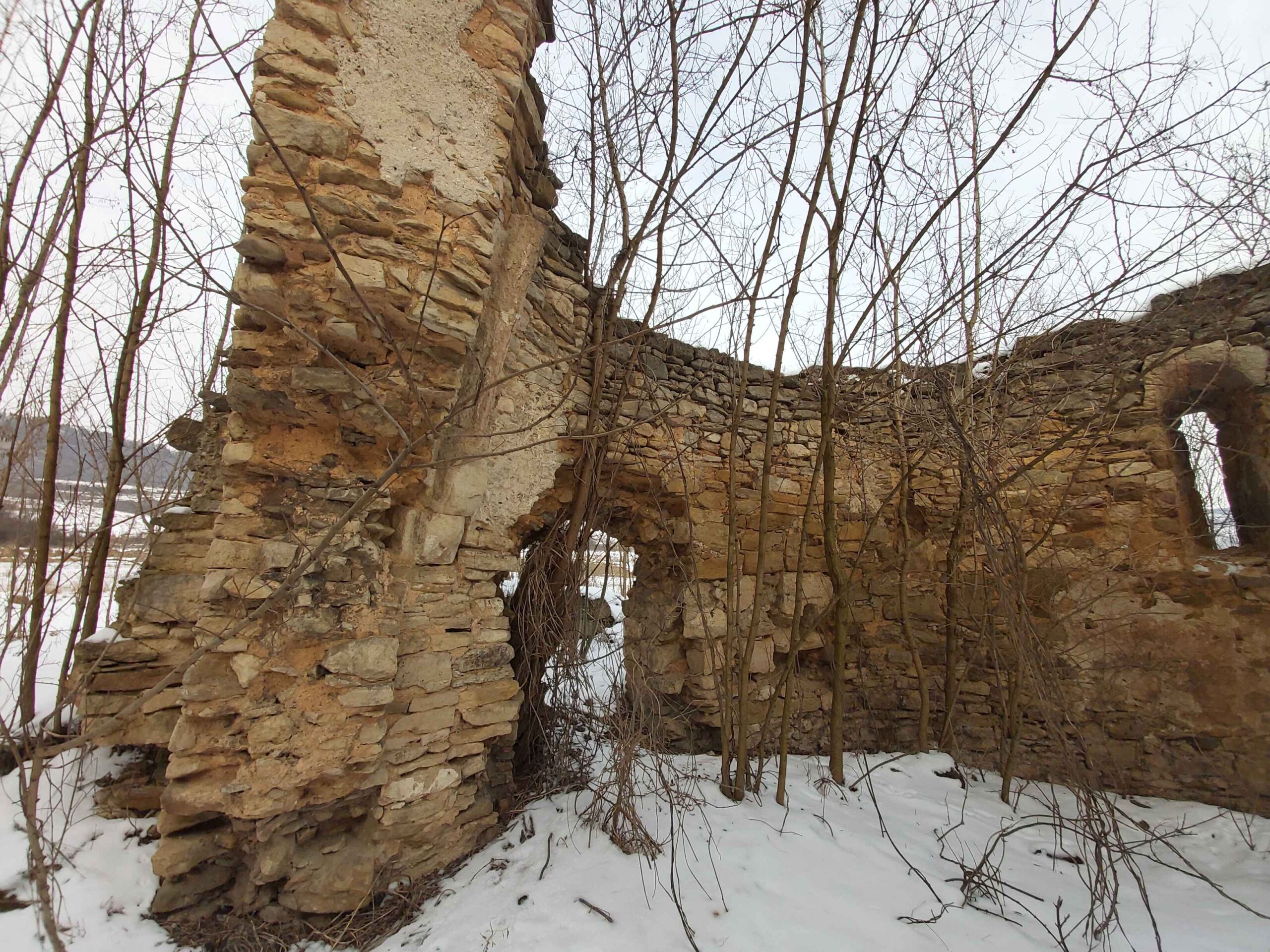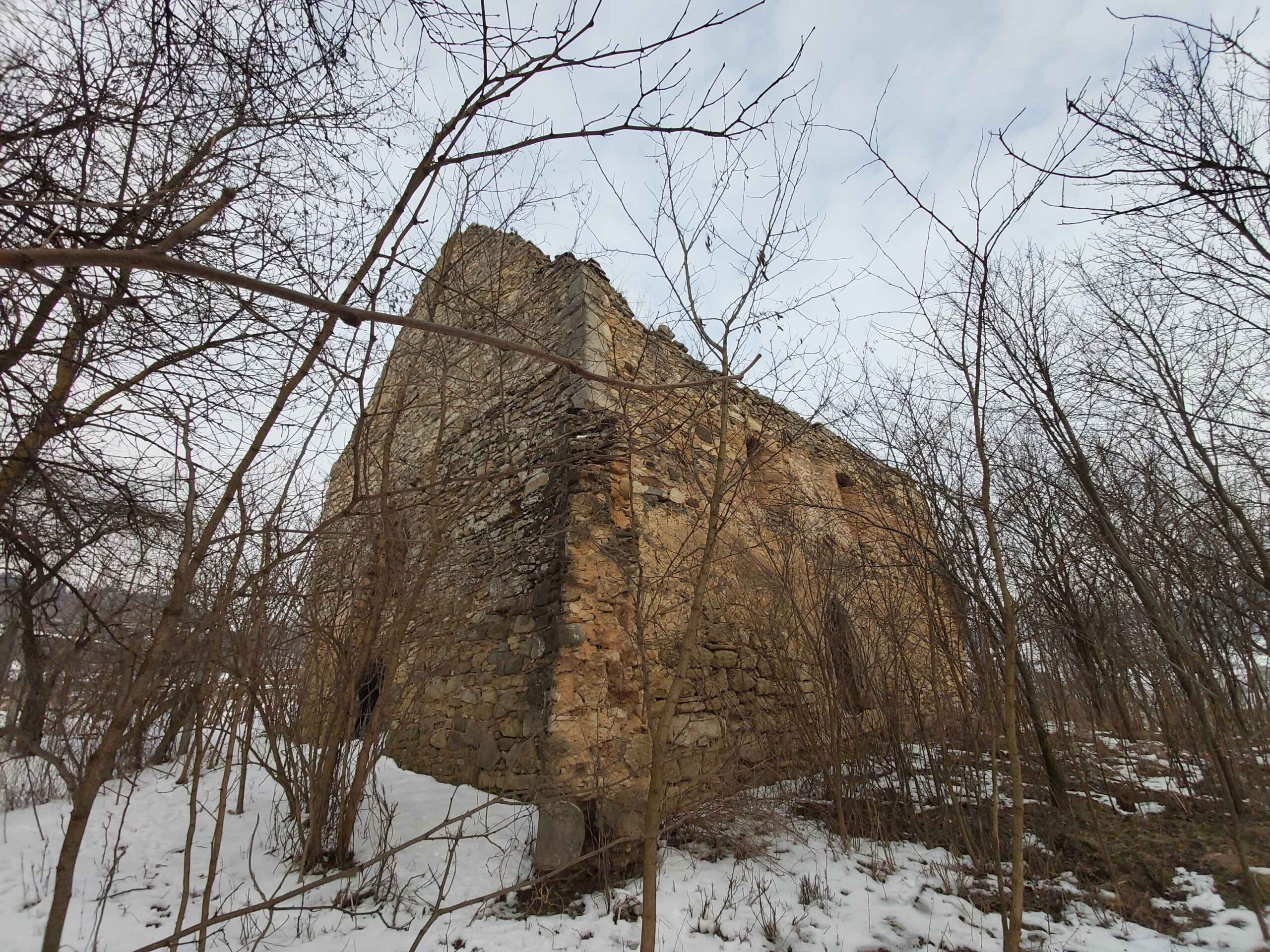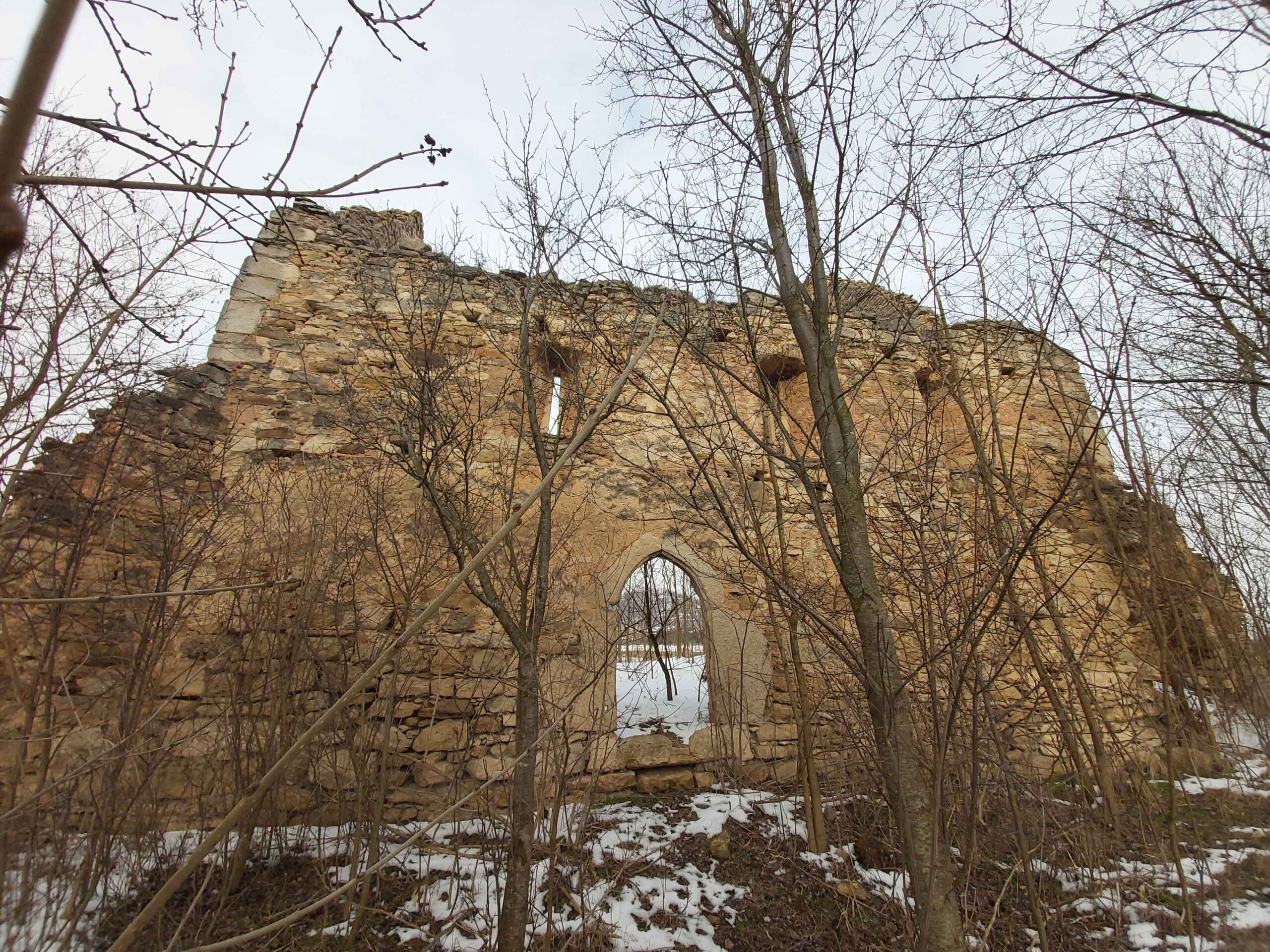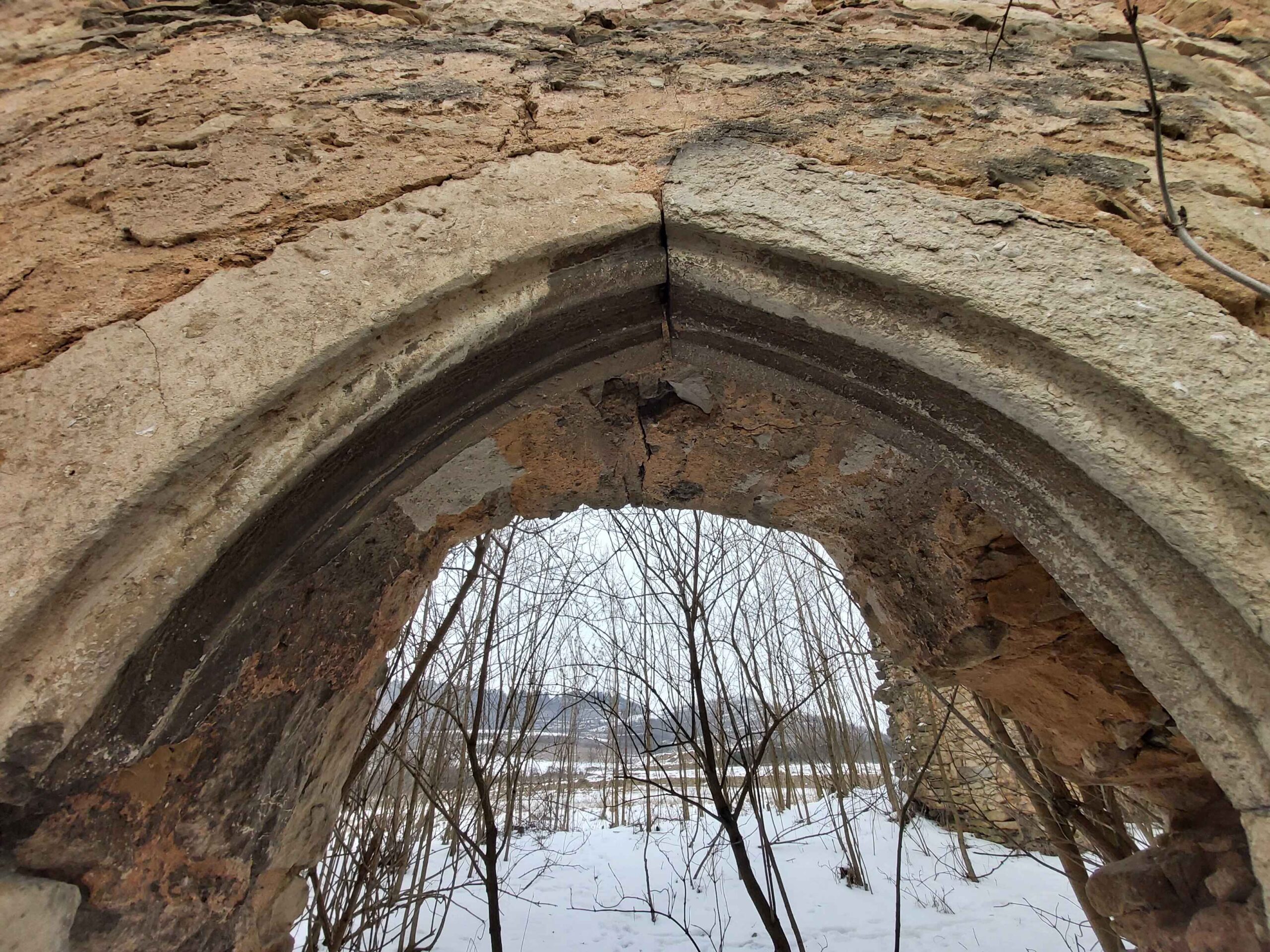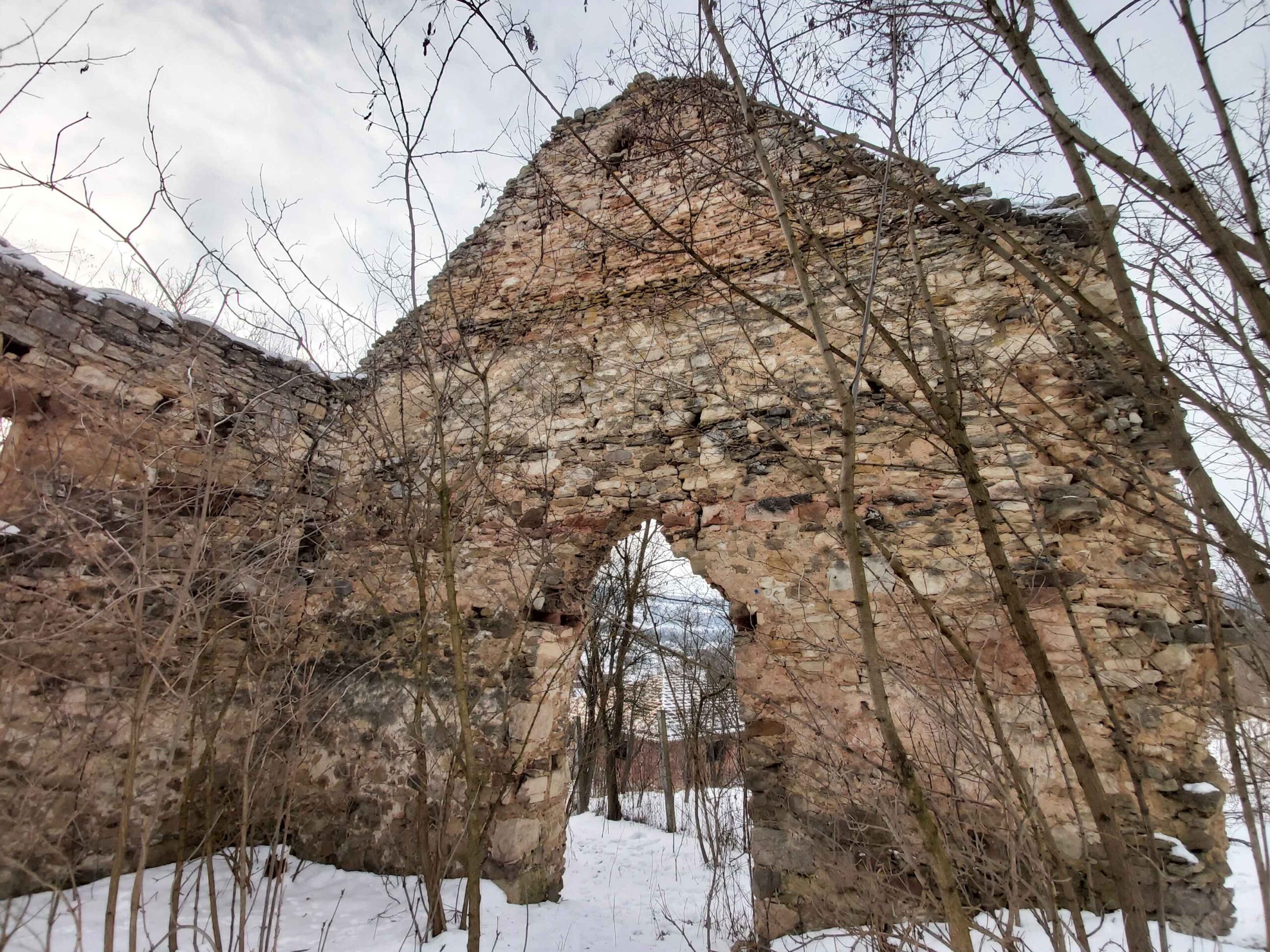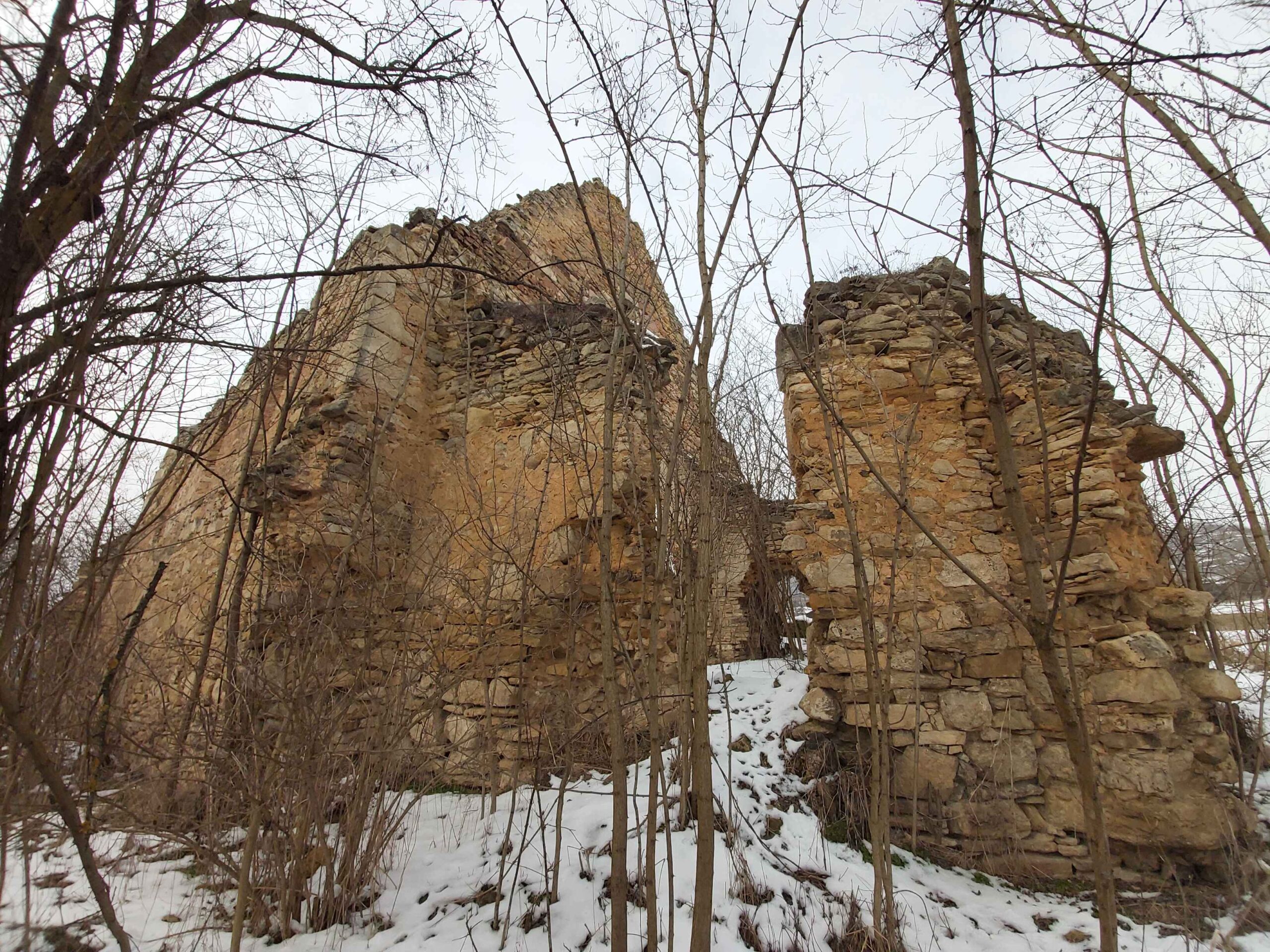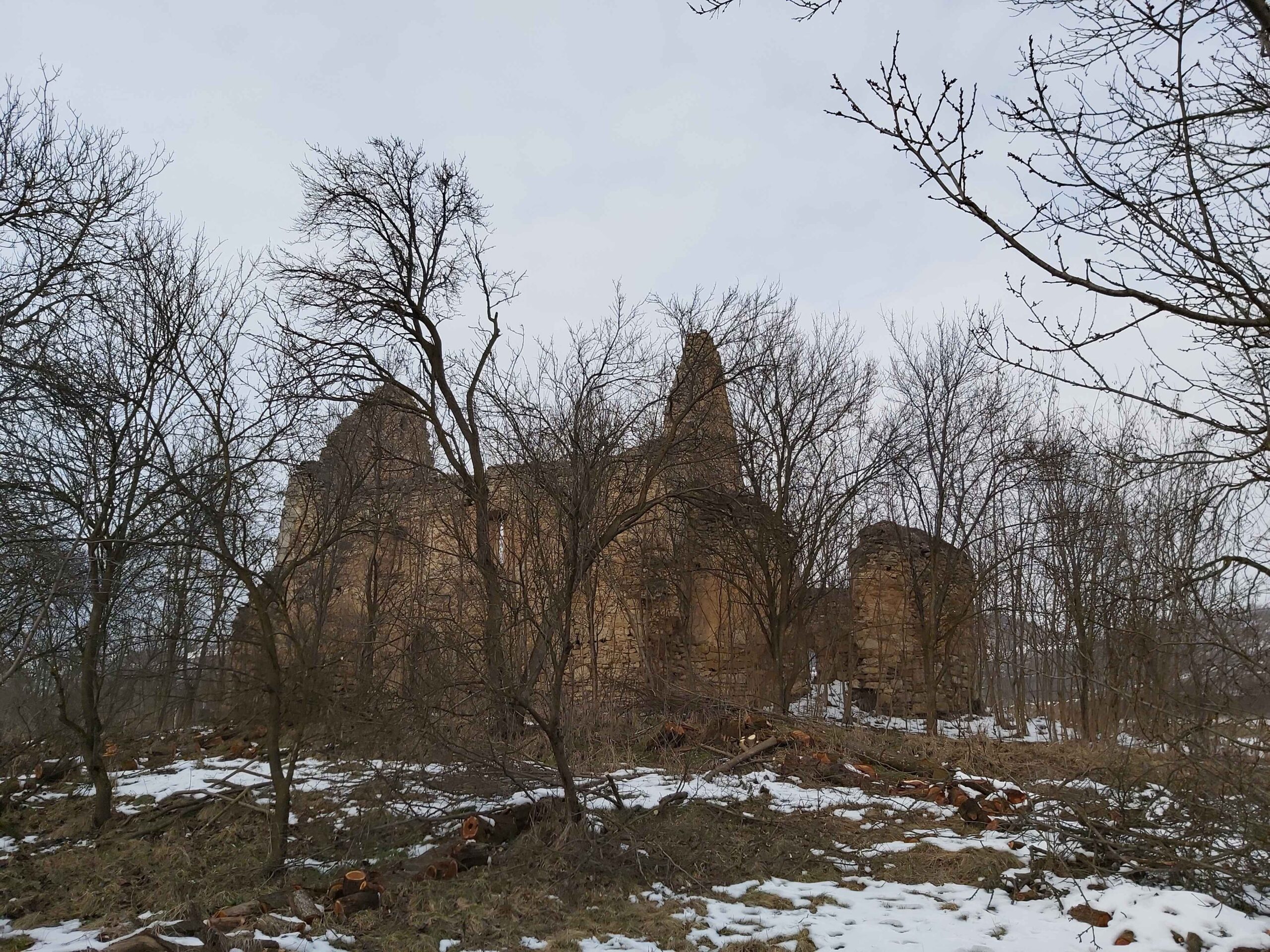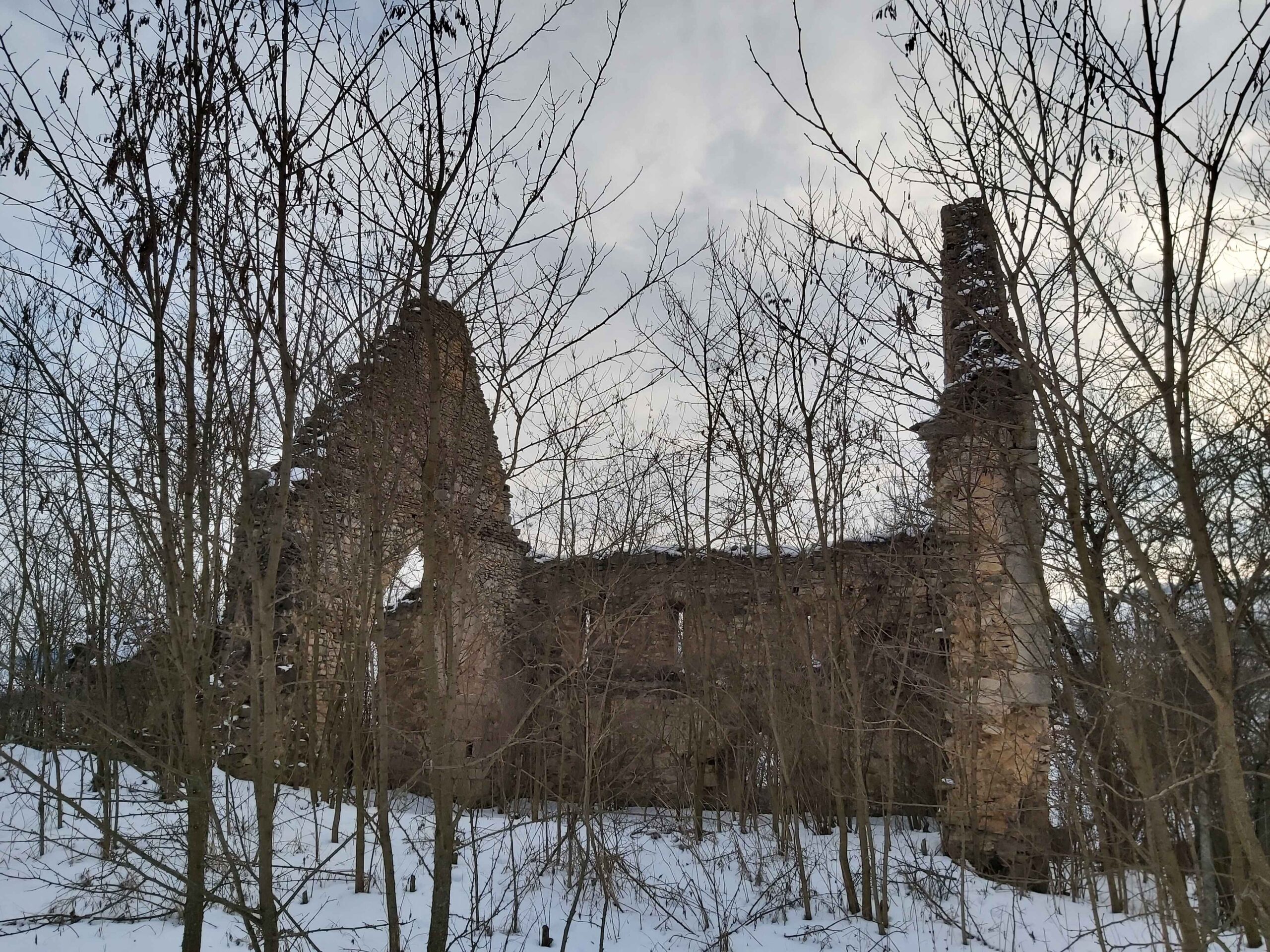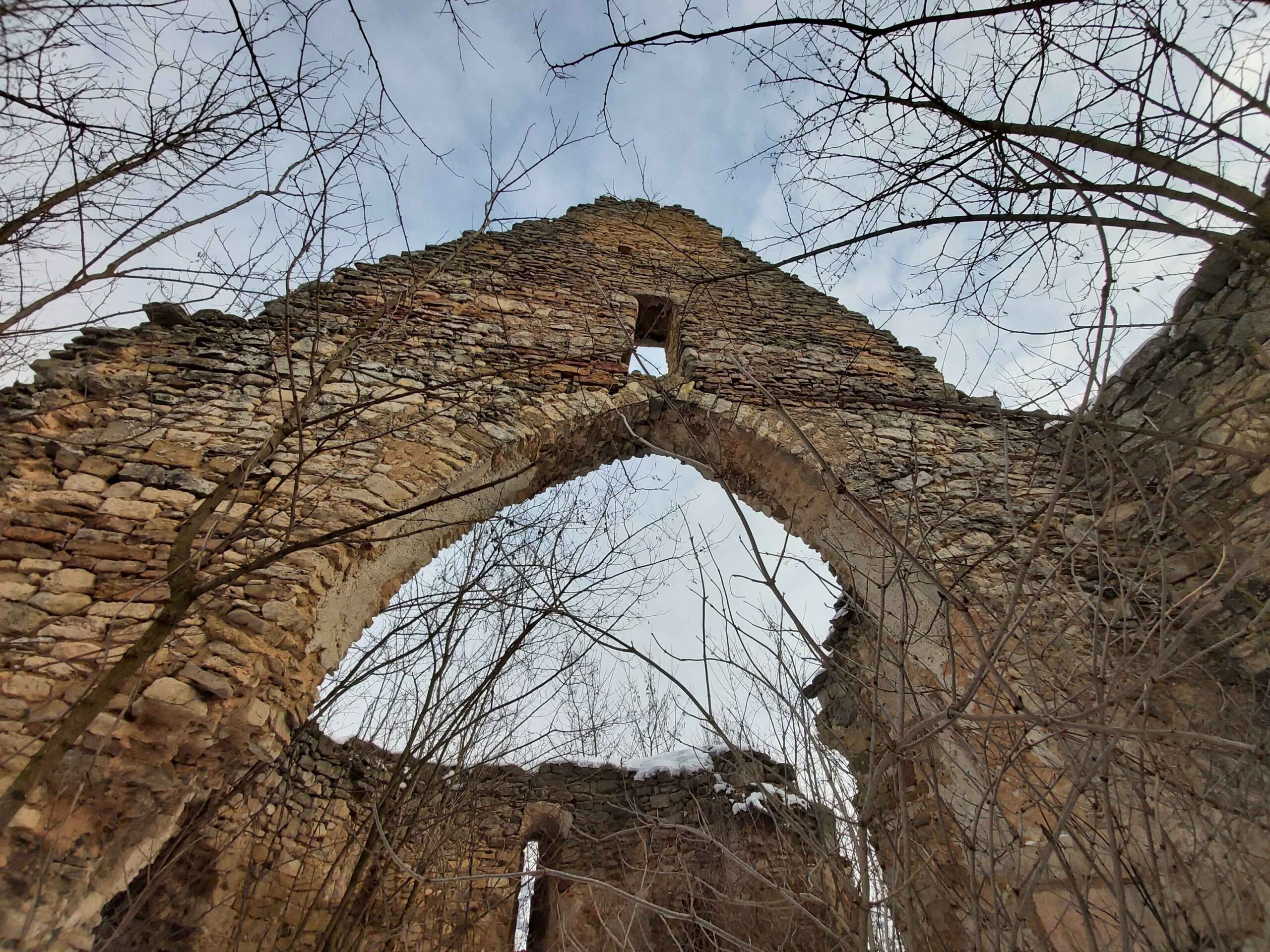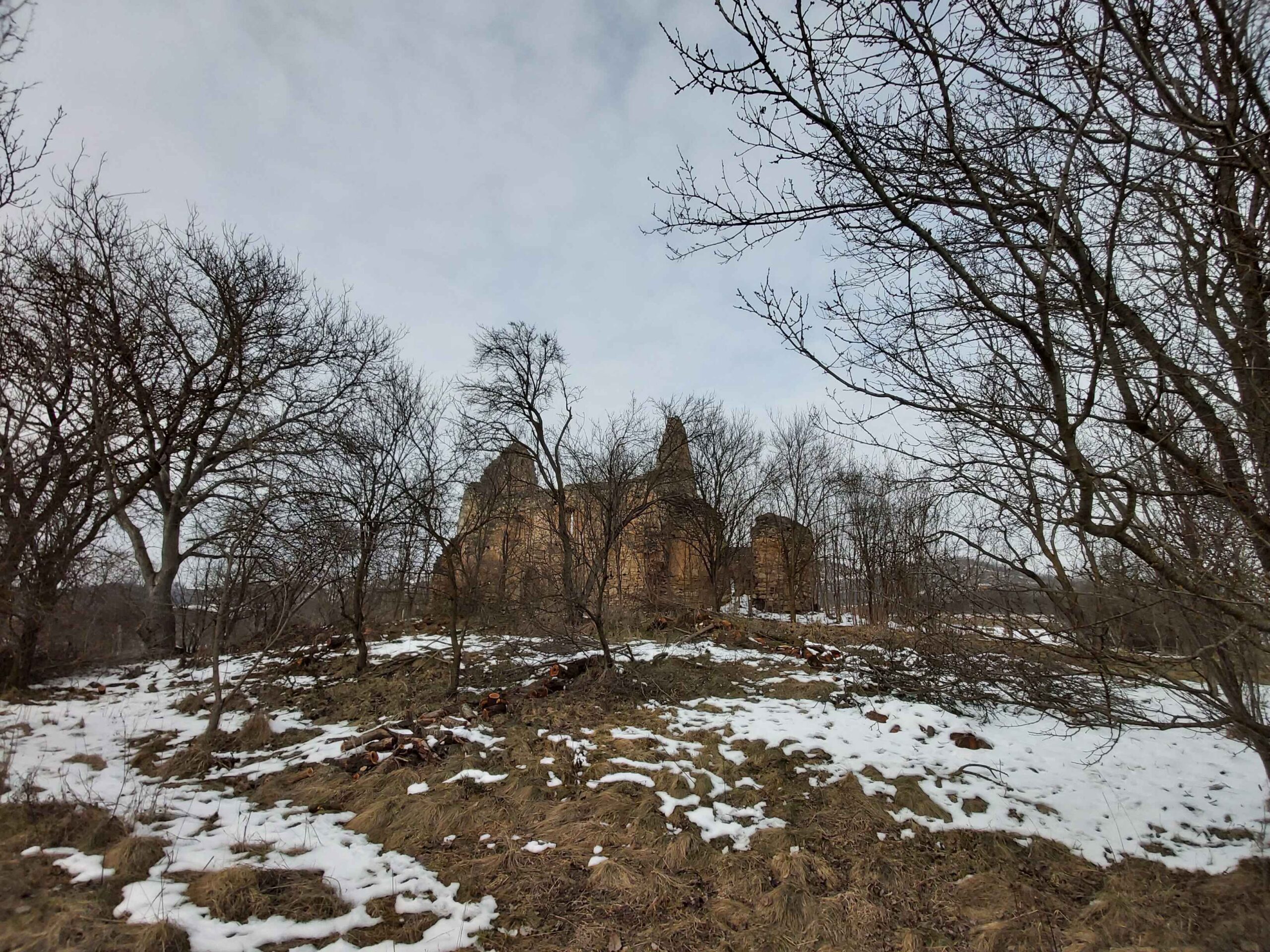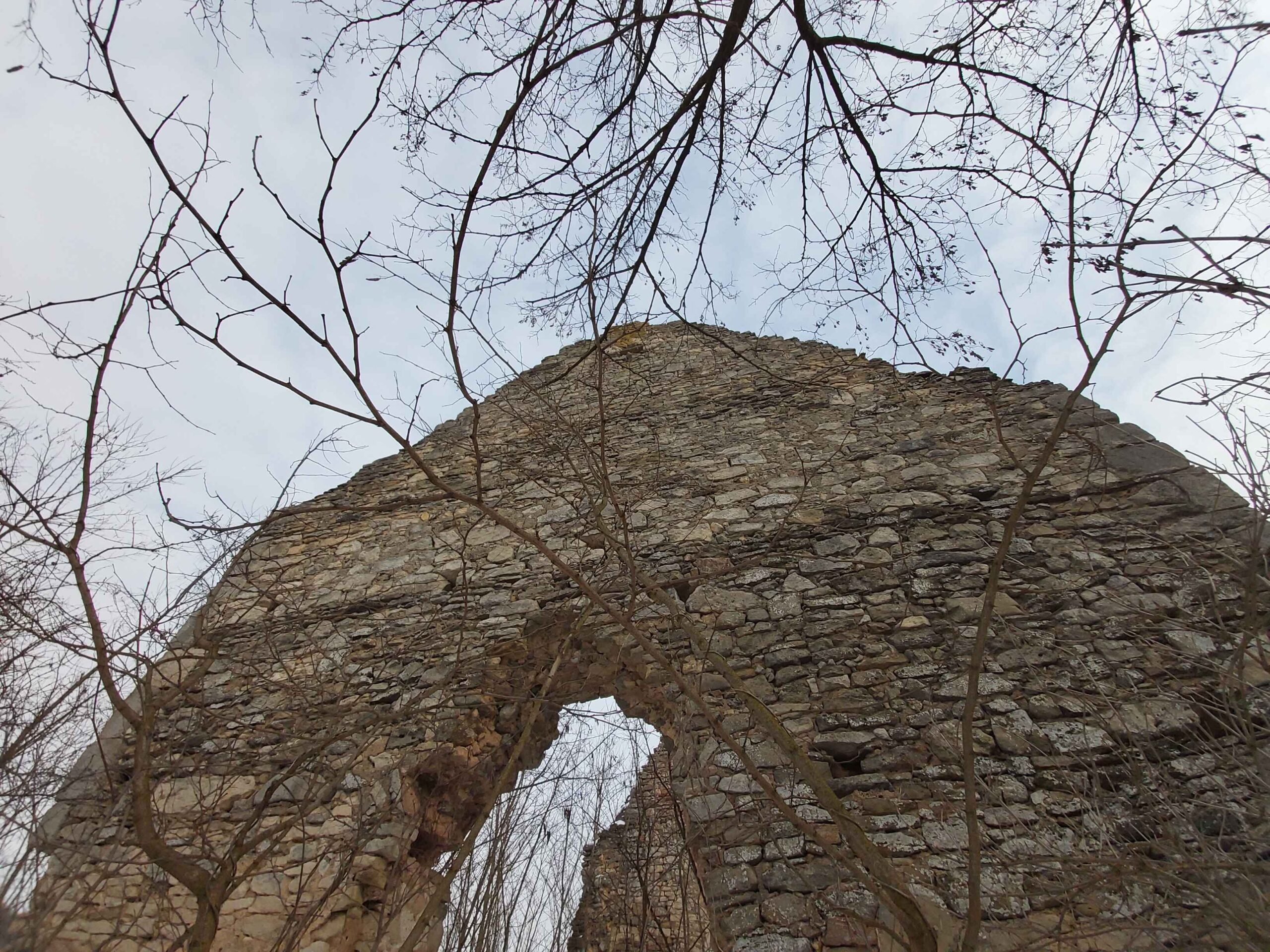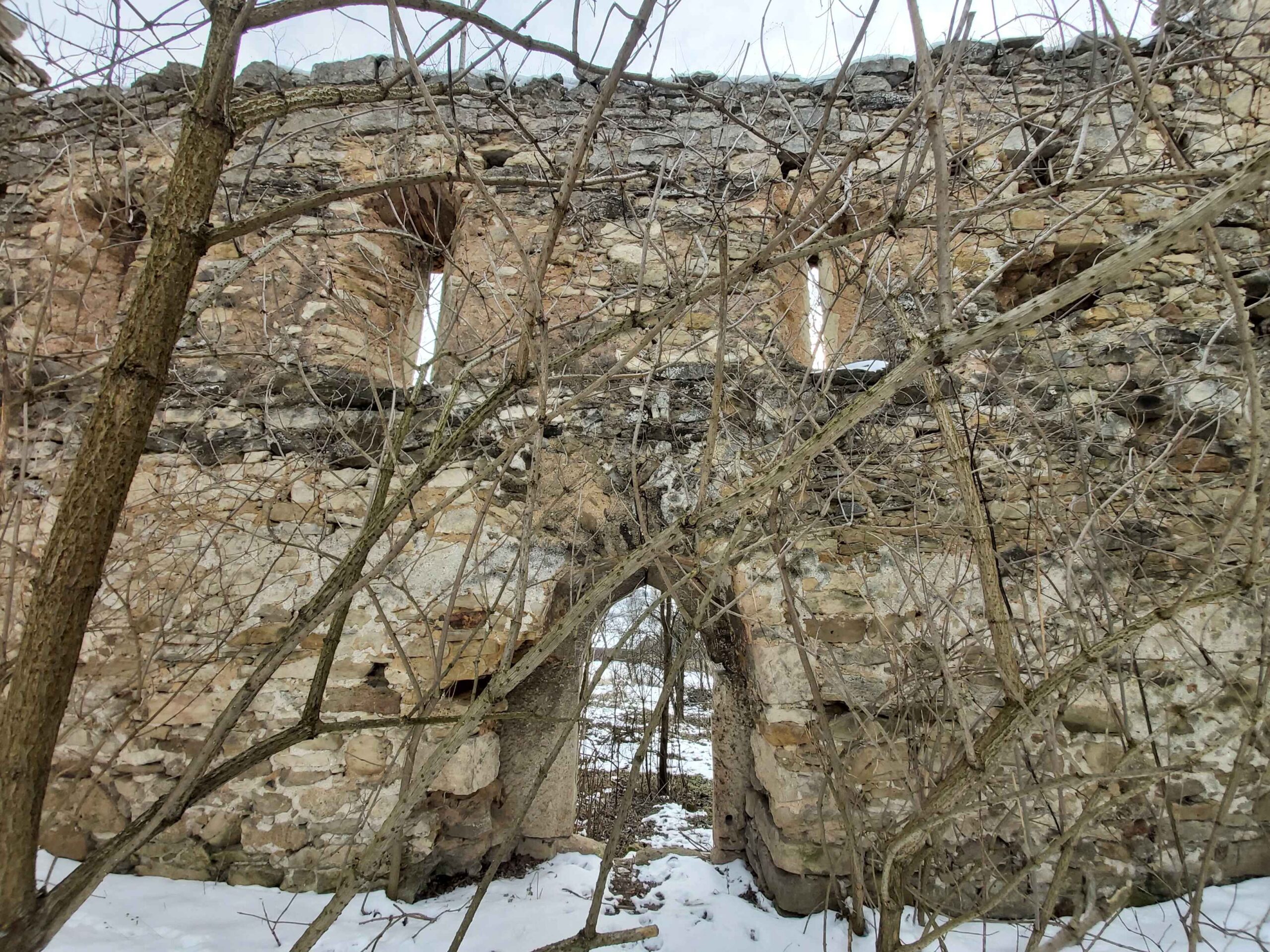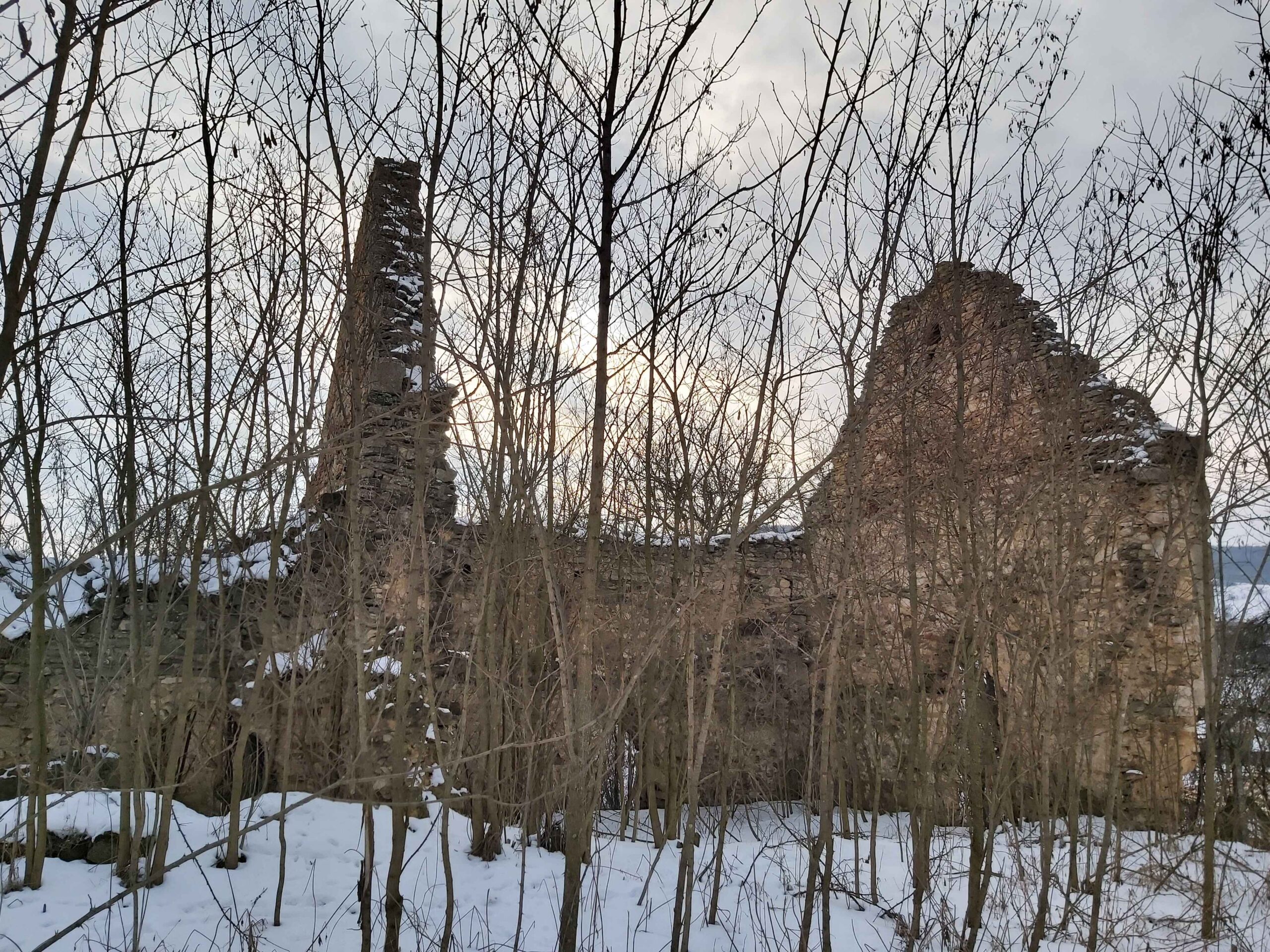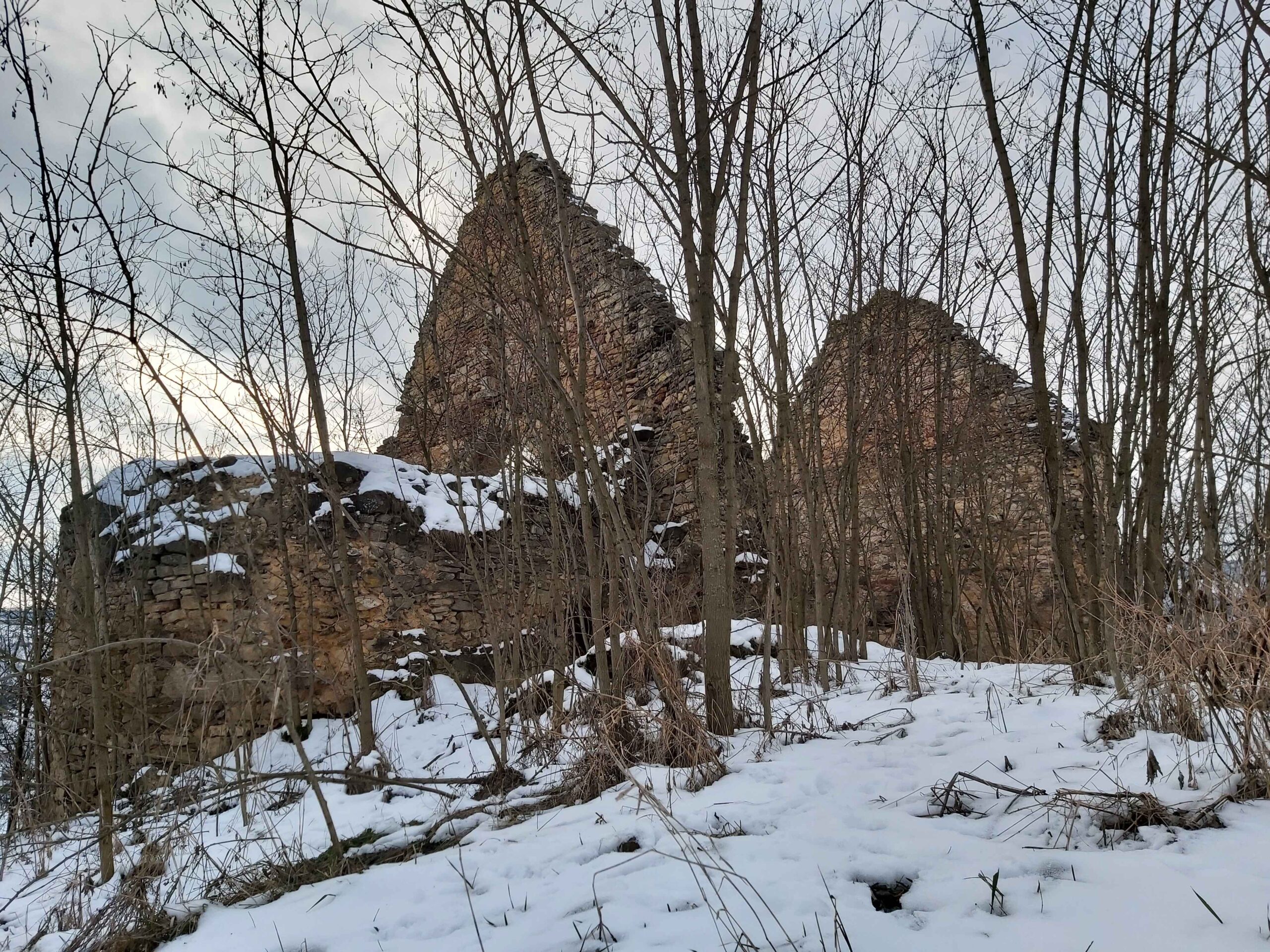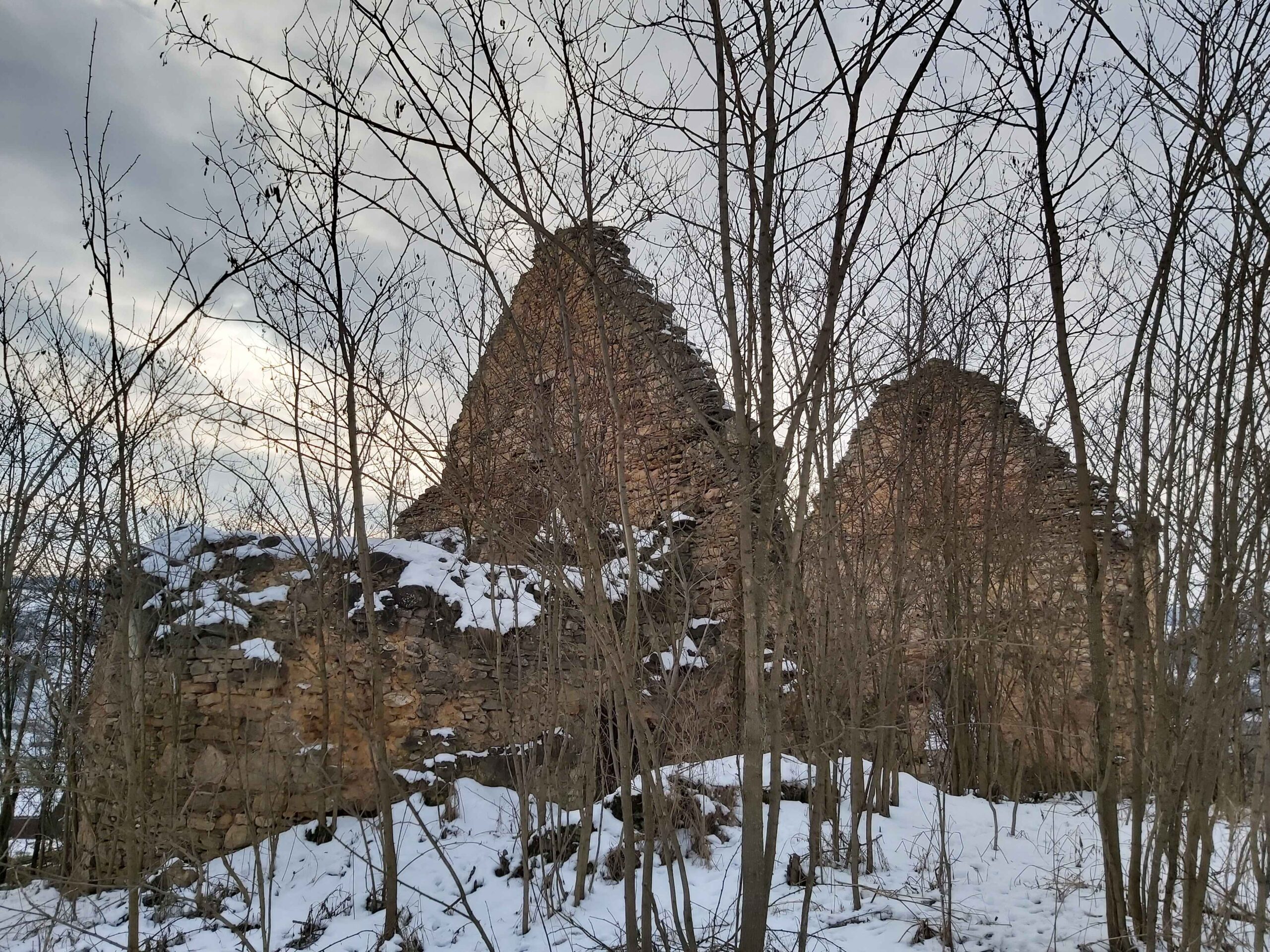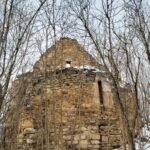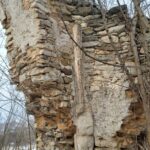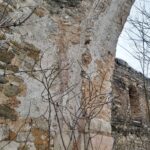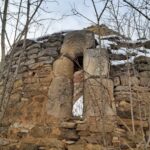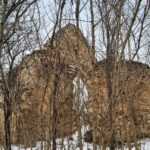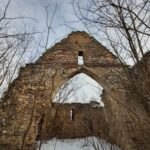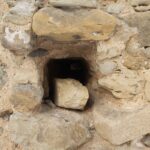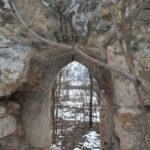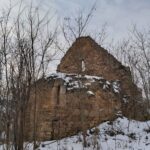The Reformed church in Șardu, a mix of architectural styles
Erected most likely around 1300, the Medieval church in Șardu, initially Roman Catholic and later Reformed, is documented as early as 1332-1337 (Plebanus de Sard). While the narrow windows and thick, solid walls indicate a Romanesque style, the southern portal with a stone frame is a purely Gothic detail.
In the Renaissance era, around the 15th-16th centuries, the single-nave building was extended with two additional side naves. Converted to Calvinism in the 16th century, the Hungarian population decreased drastically in the 1700s. The fate of the remaining community and, implicitly, the church, was sealed after the revolutionary movements of 1848-49.
The walls of the Reformed church in Șardu hide medieval frescoes
During their research conducted in 1935, renowned art historians László Debreczeni and Géza Entz discovered valuable fragments of frescoes under the whitewash on the walls. Although the church no longer has a roof, the walls of the medieval church in Șardu, except for the northern side, remain in impressively good condition to this day.
From the church now hidden behind the villagers’ houses in the locality known colloquially as Șard or Șardu Unguresc, significant parts of the former choir and sacristy are still visible. The bell was moved many years ago to the Reformed church in the nearby village of Turea, where it still rings for the faithful villagers of the Țara Călatei region.
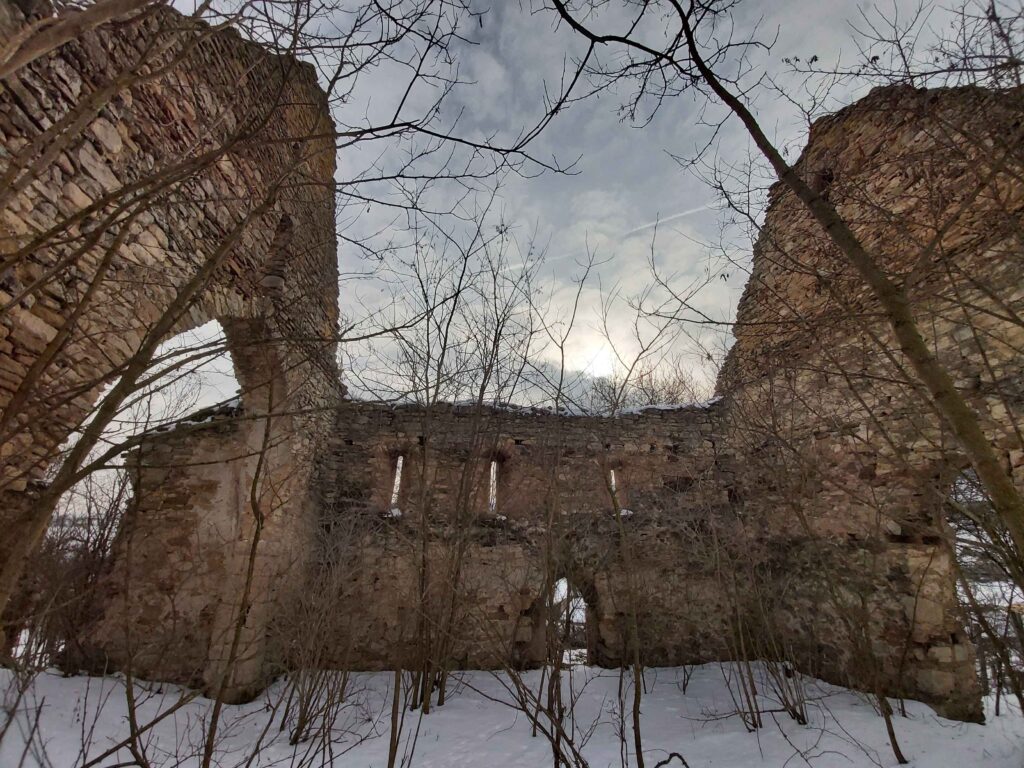
During our visit, the householders whose yard is hiding the medieval church in Șardu were more than delighted to let us through their domain to visit the ruins. Although they know little about the church’s history, they, too, cannot understand how such a rare monument in their small village remains unappreciated to its true potential…

